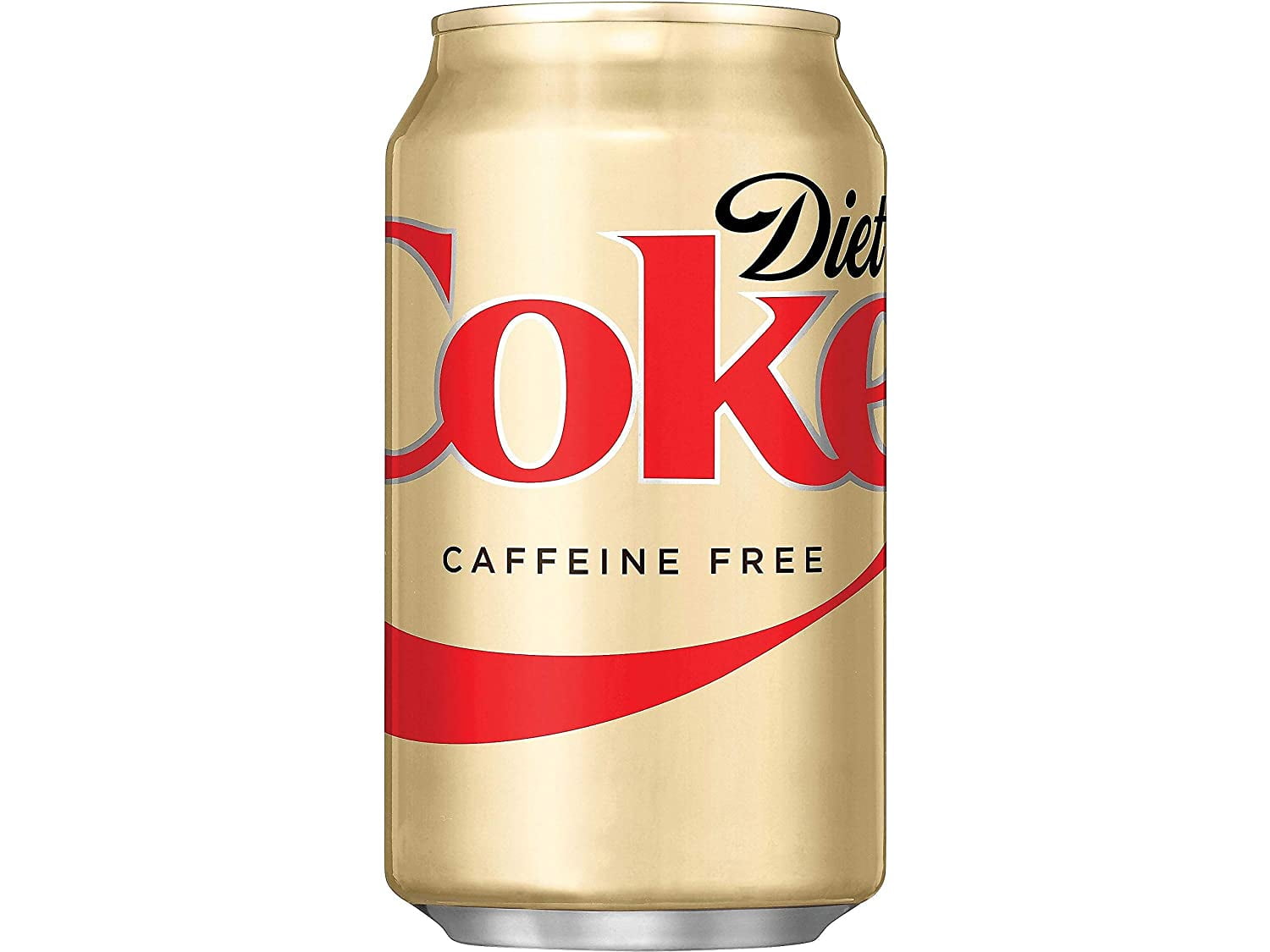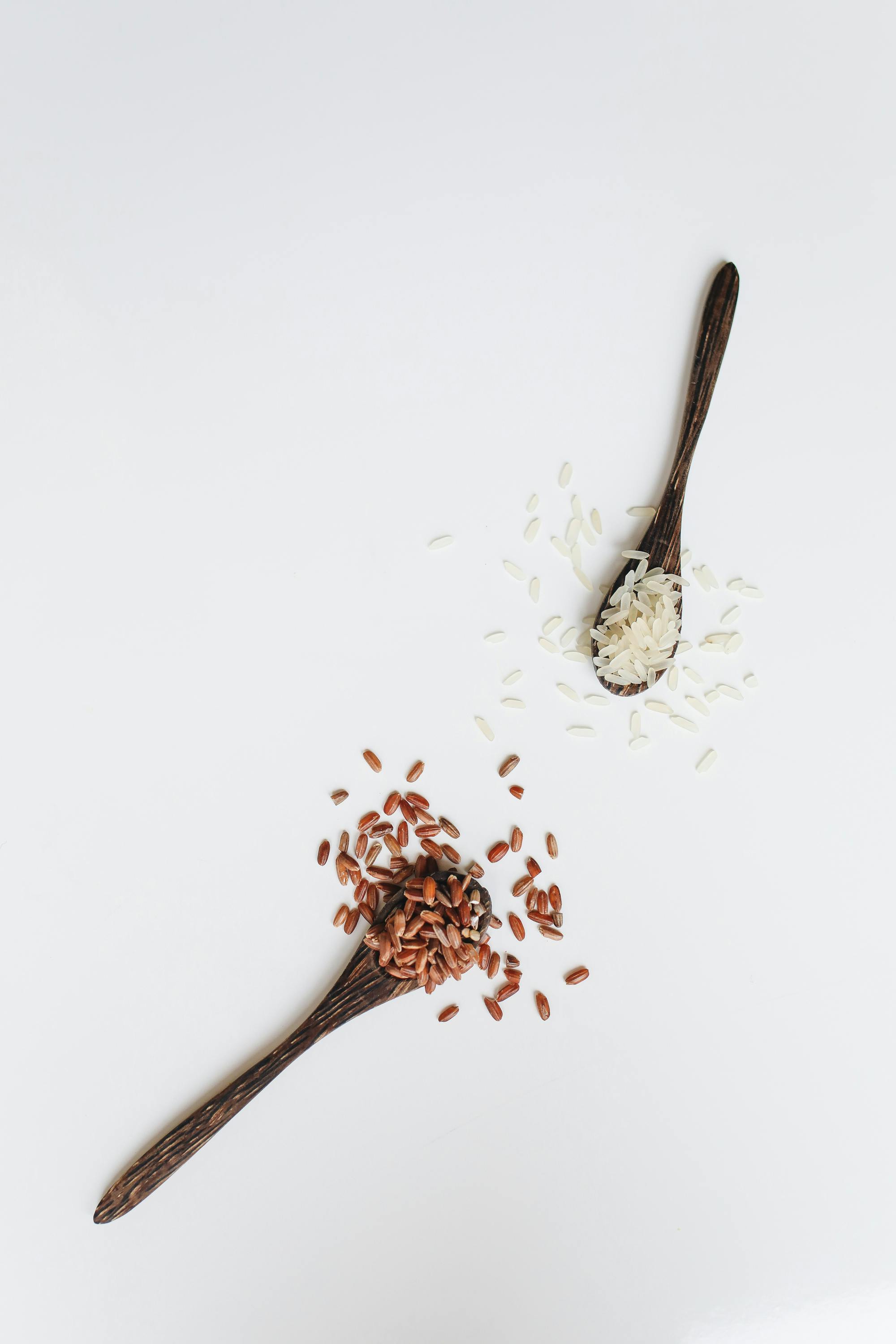
Apply Now


Essential Guide to the Anti-Inflammatory Diet: A Pathway to Health
The anti-inflammatory diet has emerged as one of the most promising solutions for those seeking to manage chronic inflammation and promote overall health. Chronic inflammation is linked to various diseases, including heart disease, diabetes, and autoimmune disorders, highlighting the importance of diet in managing inflammatory responses in the body. By incorporating anti-inflammatory foods and lifestyle changes, you can significantly alter your health trajectory for the better. This guide aims to assist you in understanding the foundational concepts of an anti-inflammatory diet, emphasizing the benefits of adopting such a nutritional strategy in 2025. You’ll discover practical meal plans, delicious recipes, and essential insights into the herbs, supplements, and foods that can enhance your anti-inflammatory journey. Furthermore, we will touch on foods to avoid and the importance of hydration, making this a comprehensive roadmap to a healthier you. Key takeaways include: 1. Understanding what constitutes an anti-inflammatory diet. 2. Effective meal planning for sustainable dietary changes. 3. Role of supplements and physical health in inflammation management. 4. Tips for personalizing your anti-inflammatory lifestyle.Understanding Chronic Inflammation and Its Causes
Building on the fundamentals of the anti-inflammatory diet, it’s crucial to understand what chronic inflammation is and its underlying causes. Chronic inflammation is a prolonged inflammatory response that can result from various factors including poor diet, sedentary lifestyle, stress, and environmental toxins. It manifests in the body through symptoms like fatigue, joint pain, skin issues, and digestive troubles, pointing to deeper health problems. Several common foods can exacerbate inflammation. These include processed foods high in sugars and trans fats, certain dairy products, and refined carbohydrates. Conversely, beneficial anti-inflammatory foods include those rich in omega-3 fatty acids, such as fatty fish, flaxseeds, and walnuts. Understanding the triggers of inflammation empowers individuals to make more informed dietary choices. The subsequent sections will focus on the specific food categories integral to an anti-inflammatory diet, enabling you to successfully manage inflammation through your eating habits.Foods That Soothe Inflammation
In your quest for wellness, it’s vital to incorporate foods known for their anti-inflammatory properties. Vegetables like spinach, kale, and broccoli are rich in antioxidants and vitamins, particularly vitamin C, which can help reduce inflammation. Incorporating colorful fruits such as berries, cherries, and oranges provides essential nutrients and antioxidants beneficial for inflammation. Healthy fats, particularly those from avocados, nuts, and olive oil, are notable for their anti-inflammatory effects. Aim to include foods high in omega-3 fatty acids, which have been shown to combat inflammation effectively. Incorporating these foods regularly leads to noticeable improvements in overall health. In the next section, we’ll explore what foods to avoid to maximize the benefits of your anti-inflammatory diet, ensuring you’re on the right track towards reducing inflammation.Foods to Avoid in an Anti-Inflammatory Diet
To effectively manage inflammation, understanding which foods to avoid is just as important as knowing what to include in your diet. Processed foods, particularly those high in refined sugars and unhealthy fats, can significantly worsen inflammatory responses in the body. Common culprits include sugary snacks, sodas, and fast foods. Another group of foods to watch out for includes refined carbohydrates such as white bread and pastries, which can lead to spikes in blood sugar levels and contribute to inflammation. Additionally, certain oils, particularly those high in omega-6 fatty acids, should be limited, as they can promote inflammation when consumed in excess. Reading food labels is essential. Look for additives and preservatives, which may also contribute to inflammation. The next segment will discuss essential anti-inflammatory herbs and supplements that can complement your dietary efforts and further enhance your health.Incorporating Anti-Inflammatory Herbs and Supplements
Following the exploration of foods, it is important to highlight the role of herbs and supplements in your anti-inflammatory diet. Spices like turmeric, ginger, and garlic have potent anti-inflammatory properties and can be easily incorporated into meals. Turmeric, in particular, contains curcumin, a compound with well-documented anti-inflammatory effects. When considering supplements, options such as omega-3 fish oil, turmeric, and probiotics can provide additional support in managing inflammation. Probiotics, found in fermented foods like yogurt and kimchi, help promote gut health, which plays a crucial role in inflammation management. The integration of these herbs and supplements into your diet can enhance the anti-inflammatory effects of your meals, promoting overall health. As we move forward, let's delve into practical meal ideas and plans specifically tailored for an anti-inflammatory lifestyle.Meal Plans for an Anti-Inflammatory Diet
Developing a structured meal plan is pivotal in making a sustainable transition to an anti-inflammatory diet. Start by focusing on whole, unprocessed foods. A sample day may include oatmeal topped with berries and nuts for breakfast, a salad packed with dark leafy greens, tomatoes, and grilled salmon for lunch, and a delicious quinoa bowl with mixed vegetables and a drizzle of olive oil for dinner. Quick meal ideas are also essential for busy lifestyles. For instance, anti-inflammatory smoothies packed with spinach, banana, and flaxseeds can serve as a nutritious breakfast or snack. Prepare batches of roasted vegetables, or overnight oats to simplify your meal prep, ensuring you stick to your anti-inflammatory goals. Next, we will explore delicious recipes that make adhering to an anti-inflammatory diet not only beneficial but also enjoyable.Delicious Recipes for Anti-Inflammatory Meals
Good nutrition doesn’t have to be dull. Transforming your anti-inflammatory diet into a culinary delight can motivate you to maintain it long-term. Explore recipes that emphasize the use of seasonal ingredients—such as roasted cauliflower and garlic soup, or black bean and quinoa salad, both rich in anti-inflammatory properties. For sweet indulgence, try making dark chocolate-covered almonds or chia seed pudding with coconut milk and fruits. Both can satisfy cravings while sticking to your anti-inflammatory commitments. The incorporation of herbs and spices like cinnamon, cumin, and cayenne pepper can elevate flavors while supporting your health goals. Meal preparation is a game changer for maintaining an anti-inflammatory diet. Batch cooking nutritious meals and pre-portioning snacks can save time and help avoid the temptation of inflammatory foods on busy days.Practical Tips for Maintaining an Anti-Inflammatory Diet on a Budget
A common misconception about healthy eating is that it must be expensive. Fortunately, maintaining an anti-inflammatory diet can be done on a budget. Start by shopping seasonal produce, which tends to be cheaper and more flavorful. Canned beans and frozen fruits and vegetables are great ways to add nutrient density without overspending. Incorporating plant-based proteins like lentils and chickpeas is cost-effective and healthful. Preparing meals in advance and utilizing ingredients across multiple recipes can reduce waste and expenses. By prioritizing simple, whole foods, you can effectively manage an anti-inflammatory lifestyle that is both wholesome and economical. As we wrap up this guide, let’s reflect on the importance of hydration in an anti-inflammatory diet and provide practical strategies for staying adequately hydrated.The Importance of Hydration in an Anti-Inflammatory Diet
Hydration plays a fundamental role in supporting your anti-inflammatory diet. Water aids in digestion, nutrient absorption, and the elimination of toxins, all of which are vital for reducing inflammation in the body. Dehydration can exacerbate inflammatory symptoms and hinder recovery. In addition to water, consider incorporating anti-inflammatory drinks such as herbal teas, green tea, and fresh-pressed juices made with ingredients like cucumber, ginger, and turmeric. These beverages not only hydrate but also provide additional health benefits. Striving for proper hydration reinforces the success of your anti-inflammatory lifestyle. The upcoming Q&A section will address common concerns and questions regarding the anti-inflammatory diet, empowering you with knowledge for your health journey.Q&A: Your Anti-Inflammatory Diet Questions Answered
What are some quick anti-inflammatory meal ideas? Quick meals can include overnight oats topped with fruits, smoothies blended with spinach and berries, and wraps made with whole-grain tortillas and various vegetables. How does exercise impact inflammation? Regular physical activity is known to reduce inflammation and improve overall health. It's essential to incorporate a balanced exercise routine combined with your diet for optimal results. Can I follow an anti-inflammatory diet while eating out? Absolutely! Look for options that incorporate whole foods, like salads with nuts and lean proteins, and ask for dressings on the side to avoid hidden sugars and unhealthy fats. In conclusion, adopting an anti-inflammatory diet can profoundly impact your health, addressing chronic inflammation and promoting wellness for years to come. By focusing on anti-inflammatory foods, making smart dietary choices, and considering hydration and physical activity, you will position yourself for success in 2025 and beyond.
